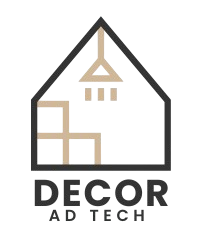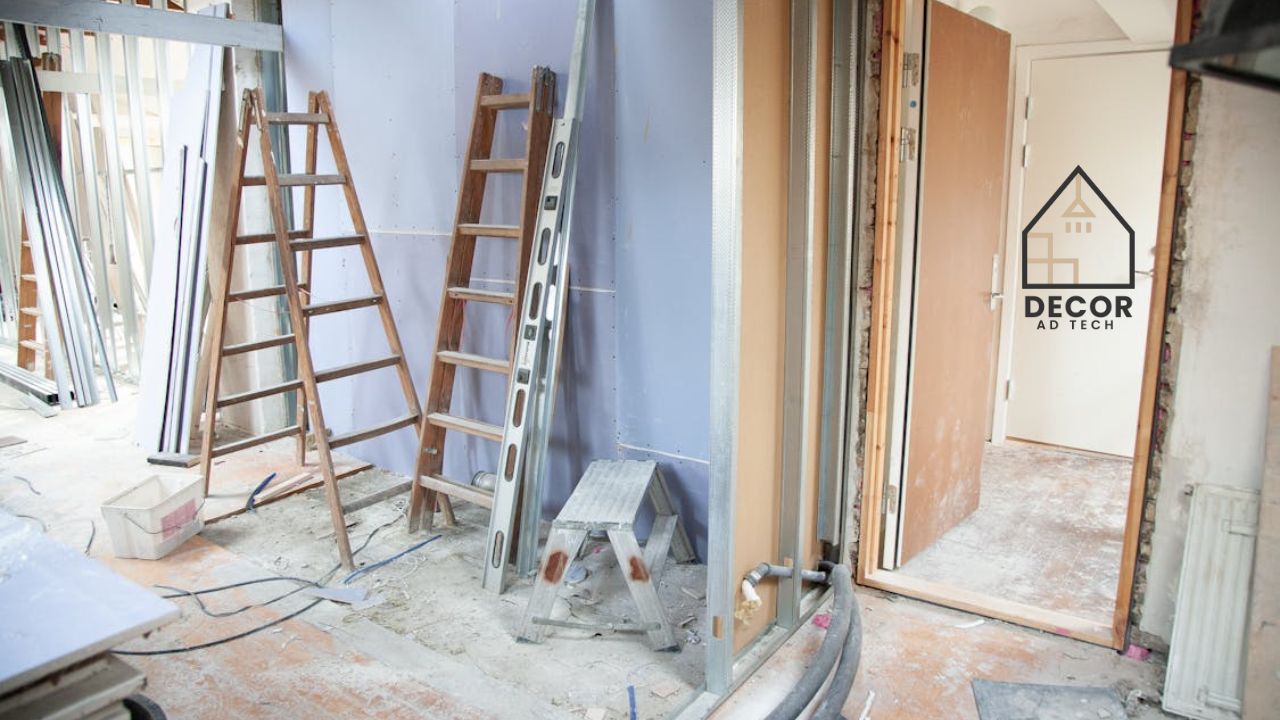What’s the one thing everyone thinks they’re ready for until they actually start? Home renovation. Between HGTV marathons and Pinterest boards filled with quartz countertops and soft-close cabinets, it’s easy to believe it’s just a matter of picking finishes and finding the right contractor. But the truth lands a bit harder—usually in the form of surprise costs, dust in your cereal, and a construction timeline that somehow never ends. In this blog, we will share what to expect when you’re stepping into the world of home renovation, along with the realities no one puts in the brochures.
It Starts with Sticker Shock, Then Gets Messy
One of the biggest surprises for first-timers isn’t how long renovations take—it’s how much they cost. And that cost is almost never what you thought it would be when you started. Prices have surged across the board in recent years. Materials aren’t just more expensive, they’re more inconsistent. Lumber prices yo-yoed like crazy during the pandemic, but even now, fluctuating supply chains and increased demand have kept most materials elevated.
And it’s not just the physical stuff. Labor is harder to secure, especially if you’re trying to line up skilled tradespeople with actual availability. Everyone’s booked. Even mediocre contractors are scheduled out months in advance. The push toward work-from-home led to a huge spike in residential renovation projects, so now your living room remodel competes with half the city’s new home offices.
This is also where financing decisions get real. Unless you’ve got savings sitting idle, you’ll need to consider how to fund the project without wrecking your long-term plans. A HELOC loan often comes up for people who have decent equity in their home. It functions as a revolving line of credit, meaning you don’t have to borrow the full amount at once. This can be especially useful if the work’s happening in stages. Still, it’s not free money. Interest rates fluctuate, and you’ll want to make sure monthly payments don’t clash with other expenses once the dust settles. Literally.
The point is: budget for more than you think. Always. And then layer in a little more. Hidden issues behind drywall or under old tile love to show up after the demo starts. The more honest you are with the numbers, the less likely you’ll panic halfway through when the HVAC system decides to quit too.
Once the dust settles and the renovation crew has packed up, you may find yourself juggling scattered tools, leftover materials, or furniture that isn’t ready for its final spot. This is where storage units like the self storage units Airdrie can be a lifesaver—especially if you’re renovating in stages or need a temporary holding spot for appliances and decor. Local facilities often offer flexible rental terms, climate control, and drive-up access, giving you a clean, secure, and organized buffer zone while you tweak the last details, finish final installations, or simply reclaim your living space before settling in again.
You’ll Need to Make a Thousand Decisions You Didn’t Know Existed
Picking the tile is the easy part. The hard part is choosing the grout color, the finish of the faucet, the width of the trim, the placement of the outlets, the shape of the sink, and whether or not you need soft-close hinges on the pantry door. Renovation turns you into a micro-decision machine, and fatigue sets in fast.
Most homeowners underestimate how quickly small choices pile up. And when you’re juggling those decisions while also holding down a job, managing a family, or, you know, trying to live your life, mistakes creep in. You approve something in a rush, forget to double-check the layout, or misread the quote because it was your fifth one that week.
This is why it helps to lock in the broad design early, then leave some flexibility around the details. Give yourself some room to change your mind—because you will. Maybe the tile looks different in daylight. Maybe the backsplash you loved online suddenly feels wrong once you see it in the space. That’s normal. Building in wiggle room keeps you from unraveling when it happens.
And if you’re working with a designer, great. Just remember: their job is to guide, not live in your house. If something doesn’t feel right, speak up. You’re the one who has to use that bathroom, not them.
Dust, Noise, Delays—They’re All Part of the Package
Here’s what renovation doesn’t look like: a crew showing up at 8am, finishing by 5pm, leaving everything clean and ahead of schedule. What it actually looks like is this: hammering during conference calls, drywall dust sneaking into the fridge, and a general haze of chaos that lasts a little longer than you said you’d be okay with.
Schedules slip. Always. Something gets backordered. Someone calls in sick. The plumbing’s more outdated than expected. These things don’t mean you hired the wrong contractor. It means you’re renovating a house.
The real skill isn’t preventing issues—it’s reacting to them without losing your mind. Good contractors communicate clearly, update you early, and don’t hide mistakes. If yours does that, they’re a keeper. But even the best team can’t force supply chains to behave or city inspectors to show up on time.
Also, your tolerance for mess will be tested. Plastic sheets don’t stop sawdust from drifting. Foot traffic doesn’t stay where it should. And if you’re living in the home while work happens, prepare to lose access to the kitchen, bathroom, or some combination of your sanity. It’s part of the deal.
Set expectations with everyone in the house. Kids, pets, even visiting relatives. The clearer you are up front, the less arguing you’ll do later about why there’s a hole in the ceiling and no working outlets in the hallway.
When It’s Done, It’s Never Totally Done
Here’s the part most people don’t mention. Even when the crew packs up, the final walkthrough is signed, and the paint is dry, there are still loose ends. A drawer might stick. A fixture might not work right. The finish on something will look off under different light.
That doesn’t mean the project failed. It means houses are complicated, and no renovation goes from chaos to perfect in one clean sweep. You’ll be tweaking things for weeks. Maybe months.
That said, when the dust actually settles, most homeowners feel the shift immediately. The space feels new, functional, and finally aligned with how they want to live. And that’s the point. Not perfection. Just progress you can actually see and touch.
Home renovation looks easy on screen, but off-camera it’s a test of money, patience, and planning. You’ll question your choices, wonder where all the money went, and count the days until it’s over. But you’ll also see what a little transformation can do for how you live. And if nothing else, you’ll finally know exactly how many decisions go into choosing a faucet.
Admin Recommendation
How to Upgrade My Home Decoradtech
Decoradtech Smart Home Ideas by DecoratorAdvice
DecorAdTech Smart Home Ideas by DecoratorAdvice











